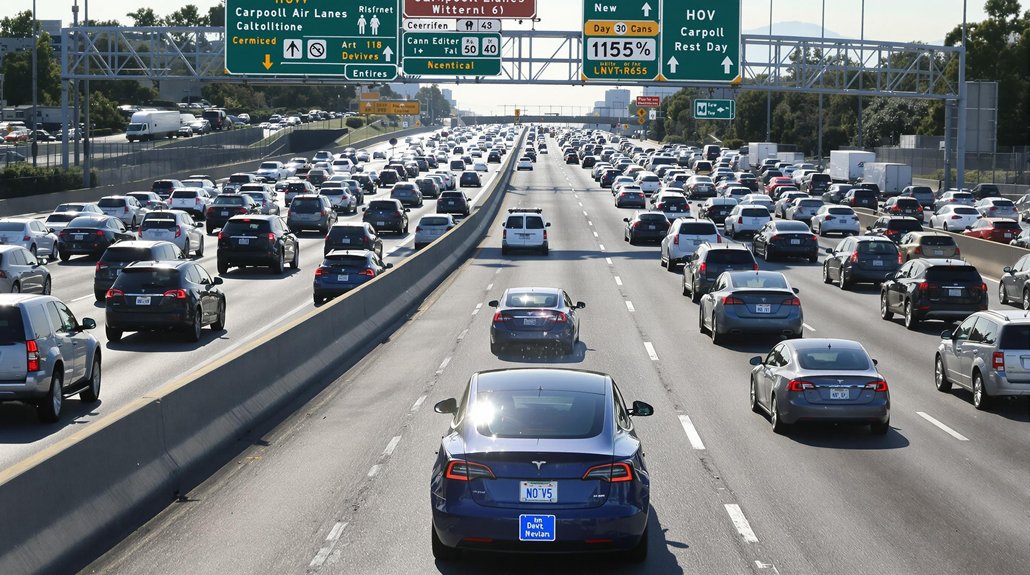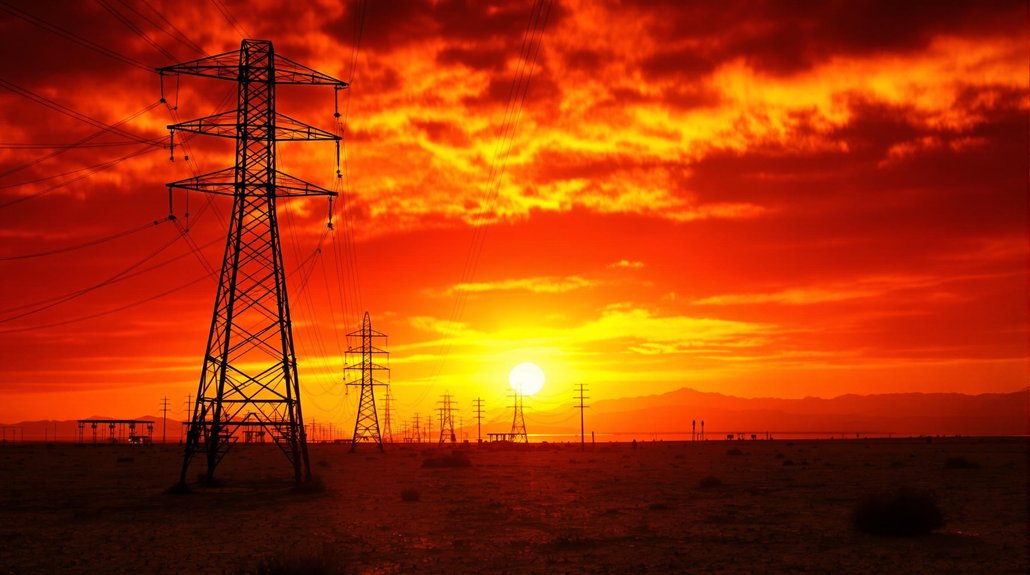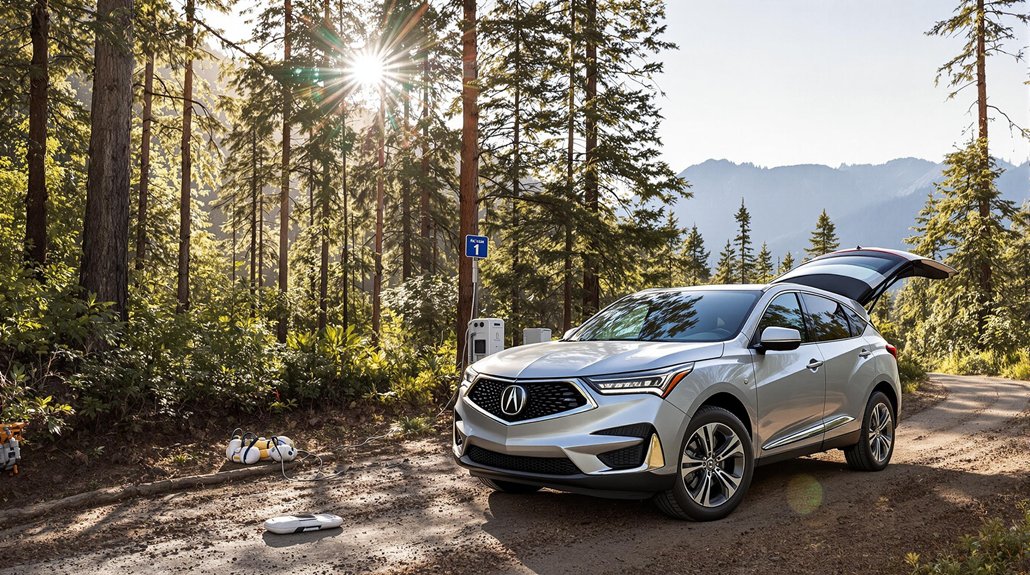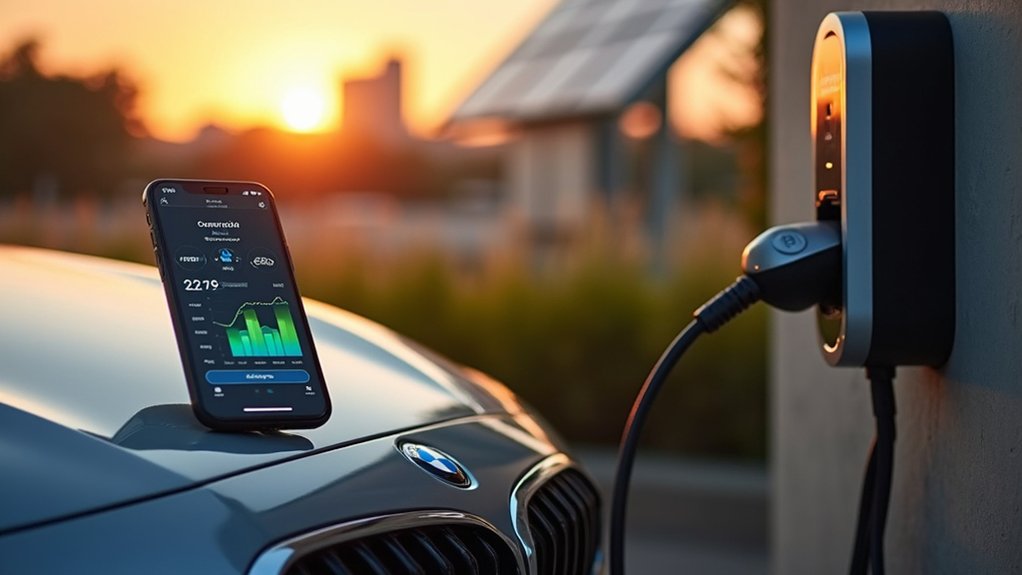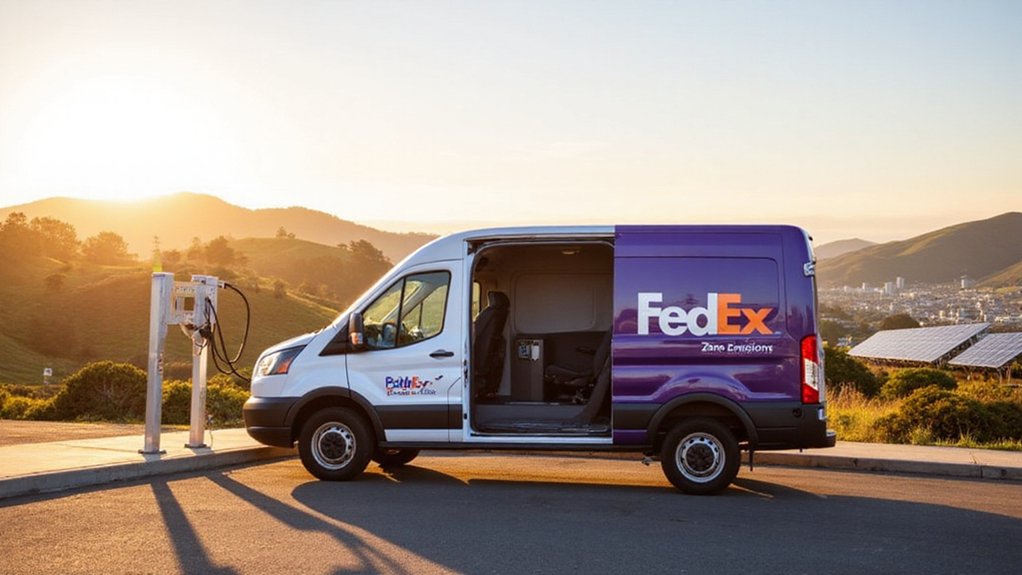More than half a million California drivers are about to lose a prized perk. The state’s Clean Air Vehicle decal program, which lets solo drivers of electric, plug-in hybrid, hydrogen, and CNG vehicles use carpool lanes, is ending. October 1, 2025 marks the final day these stickers mean anything. After that? You’re just another car on the road.
The DMV will take orders for CAV decals until August 29, 2025, but why bother? They’ll be worthless five weeks later. Currently, about 519,000 vehicles sport these colorful badges of environmental virtue—blue, yellow, burgundy, green—each representing different technology generations and expiration dates.
This isn’t some random DMV decision. The program’s legal foundation rests on federal law (Title 23 Section 166) and state vehicle code provisions that are sunsetting. Blue stickers already expired on January 1, 2025. The rest die September 30, 2025.
The reasoning? HOV lanes were never meant to be solo-driver expressways for people who could afford Teslas. They were designed for actual carpools. What a concept! Transportation experts have long complained that too many single-occupant ZEVs clog carpool lanes, defeating their original purpose.
Let’s remember the radical idea: carpool lanes were built for carpools, not $80,000 electric status symbols.
California’s EV market has matured considerably. Approximately one in four new cars sold in the state is electric, with the state targeting 100% zero-emission vehicle sales by 2035. Officials figure the market no longer needs this particular carrot. The incentive program has played a vital role in EV adoption, as nearly 30% of drivers might never have purchased electric vehicles without such state incentives. This shift aligns with broader climate goals, considering fossil fuels contribute to approximately 75% of global emissions.
Come October 2025, even the fanciest EVs will need to follow the same rules as everyone else: meet posted occupancy requirements or pay tolls in HOT lanes. No exceptions. Enforcement will be strict, with violations resulting in citations and fines.
For drivers who bought EVs partly for this perk, it’s a serious bummer. But the writing’s been on the wall. The shift realigns HOV operation with what these lanes were actually designed for—reducing total vehicles, not just emissions. Environmental virtue, meet traffic reality. California Legislature’s Assembly Bill 2678 attempted to extend the program to 2027, but final approval from Congress remains pending.
References
- https://lamag.com/transportation/california-clean-air-vehicle-decal-program-to-expire-on-september-30
- https://www.latimes.com/california/story/2025-08-08/california-ev-drivers-losing-carpool-lane-privileges
- https://www.roadandtrack.com/news/a65636648/why-california-ev-drivers-lose-carpool-lane-priveleges/
- https://afdc.energy.gov/laws/5359
- https://www.dmv.ca.gov/portal/vehicle-registration/license-plates-decals-and-placards/clean-air-vehicle-decals-for-using-carpool-lanes/
